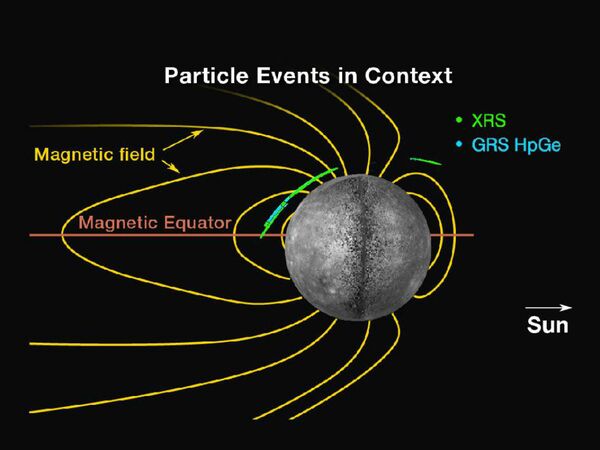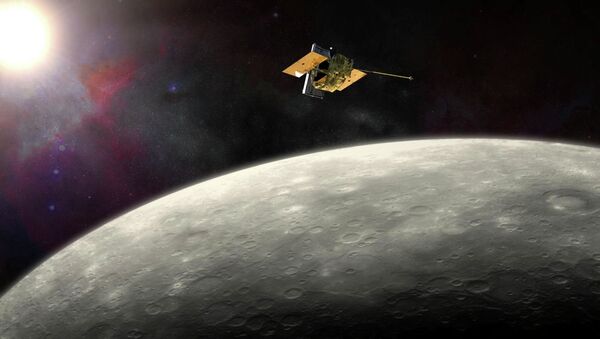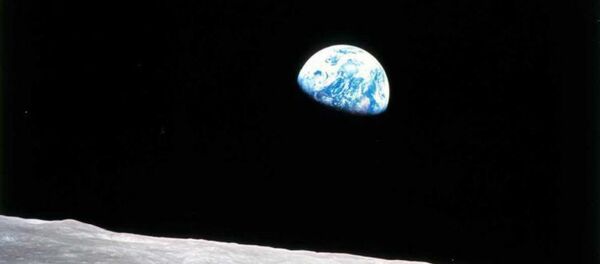Messenger's Magnetometer instrument collected data on the magnetism of rocks in Mercury’s surface, generated by the motion of liquid iron deep inside the planet's core.
"If we didn't have the recent very low-altitude observations, we would never have been able to discover these signals," explained Catherine Johnson, a University of British Columbia planetary scientist and lead author of the study, published on Thursday in the journal Science.
"Magnetized rocks record the history of the magnetic field of a planet, a key ingredient in understanding its evolution," said Johnson. "We already know that around 3.7 to 3.9 billion years ago Mercury was volcanically and tectonically active. We now know that it also had a magnetic field at around that time."

Messenger crashed into Mercury on April 30, when it ran out of fuel after spending four years orbiting the planet. “The mission was originally planned to last one year; no one expected it to go for four,” explained Johnson, adding that more data and analysis is needed to determine if the magnetic field operated continuously, or if it switched off at some point, and later restarted.
"The science from these recent observations is really interesting and what we’ve learned about the magnetic field is just the first part of it," said the researcher.



